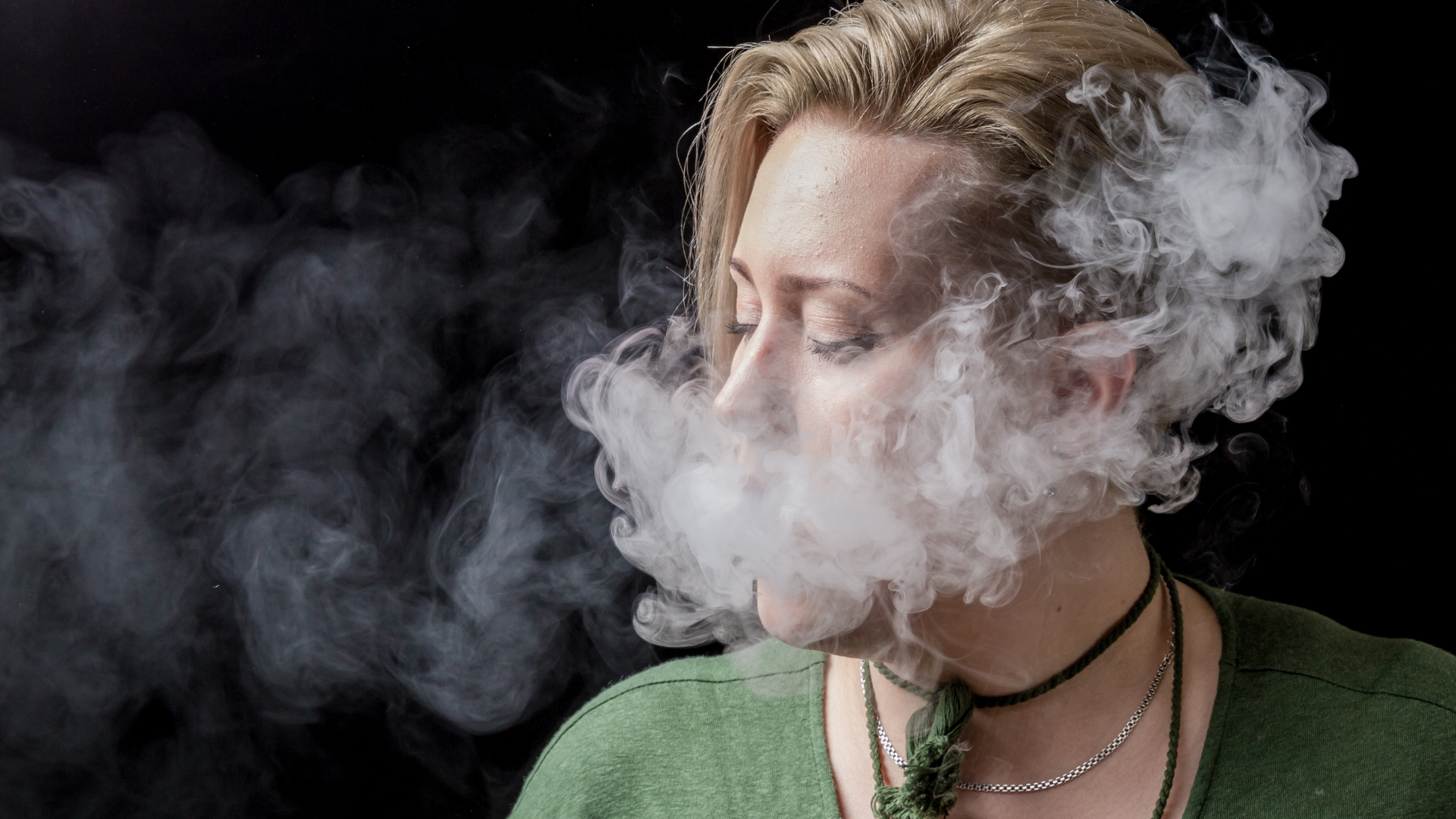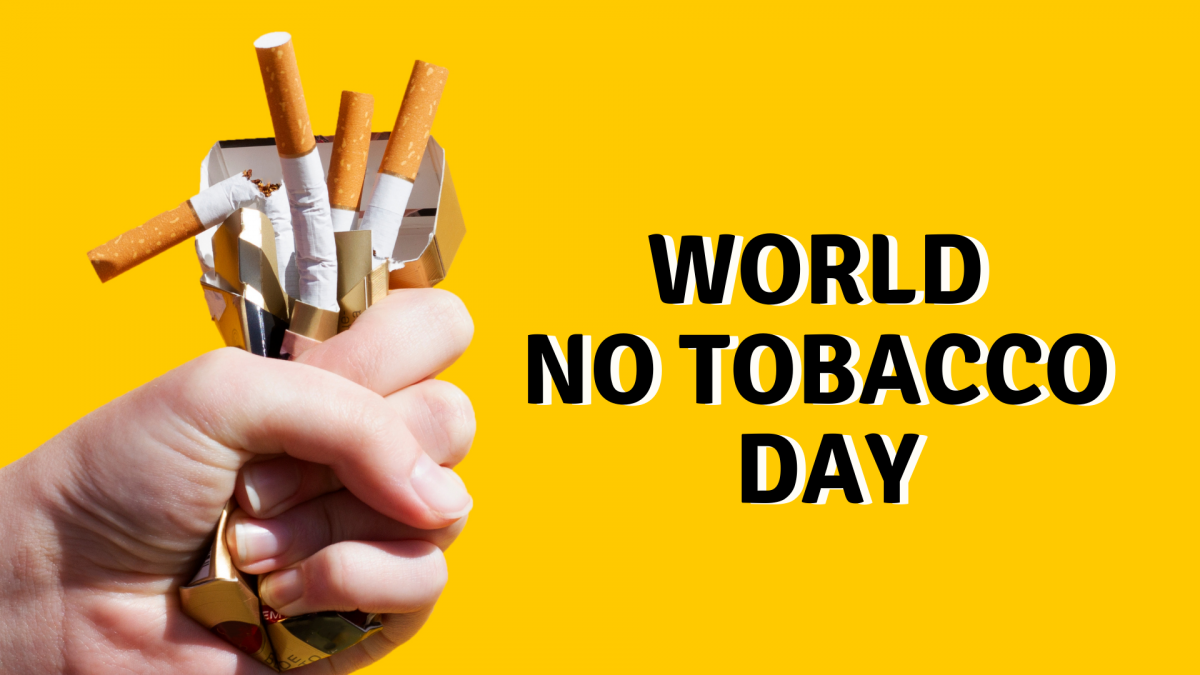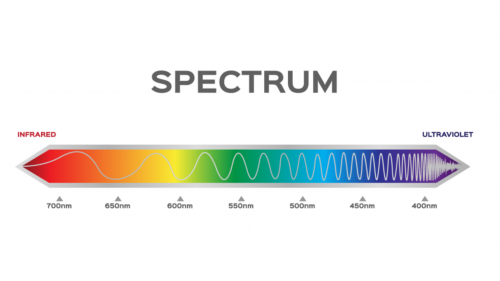Smoking habits are not only a problem in adults but also rampant among children and adolescents. This is evidenced by the increasing prevalence of smoking in the population aged 10-18 years. Since 1988, the World Health Organization (WHO) has used World No Tobacco Day external icon to highlight the harmful effects of cigarettes and other tobacco products on a person’s overall health.
The Member States of the World Health Organization (WHO) created World No Tobacco Day in 1987 to draw global attention to the tobacco epidemic and the preventable death and disease it causes In 1988, Resolution WHA42.19 was passed, calling for the celebration of World No Tobacco Day, every year on 31 May.
Nowadays, smoking is not only a problem in adults, but also increasingly prevalent among children and adolescents. This is evidenced by the increasing prevalence of smoking in the population aged 10 to 18 years, which is 1.9% from 2013 (7.2%) to 2018 (9.1%). This places Indonesia as the country with the third largest number of active smokers in the world.
Tobacco and all types of cigarettes including conventional cigarettes, electronic cigarettes, cigarettes with heating are very harmful to the body, it contain nicotine, which is an addictive drug. Being exposed to nicotine can also harm brain development, which continues through the teen years and up to age 25. Exposure to nicotine during these important years can harm the parts of the brain that control attention, learning, mood, and impulse control. This activity not only threatens your own health, but also the health of your family, friends and those around you.
People around, who are not even smokers, can still be exposed to cigarette smoke. When a person smokes a cigarette, some of the smoke will not enter the lungs. This cigarette smoke spreads into the air and is accidentally inhaled by the people around it. This is why exposure to secondhand smoke on children and other non-smokers will be harmful to health.

Picture 1. Image is for illustration only
Children are at risk of exposure to secondhand smoke because their bodies are still in the growing stage. Cigarette smoke increases the risk of: sudden infant death syndrome (SIDS), respiratory infections (such as bronchitis and pneumonia), more severe and frequent asthma attacks, chronic cough. Meanwhile, for pregnant women, exposure to cigarette smoke can trigger fetal development disorders. Health risks that occur are often associated with premature birth, low birth weight, SIDS, limited mental abilities, problems with learning, and disorders characterized by impulsive behavior, hyperactivity, and inattention (ADHD).
Preventing smokers, non-smokers, and especially the younger generation from using tobacco products is critical if Indonesia is to reduce tobacco-related mortality and disease, and the burden this causes on human resources and the economy. WHO recommends that everyone understands and spreads awareness of the risks of tobacco use to the health and well-being of future generations of young people.
Reference:
- WHO. (2020). 31 May is World No Tobacco Day
- CDC. (2021). World No Tobacco Day
- KEMENKES RI. (2021). Peringati Hari Tanpa Tembakau Sedunia
- The American Cancer Society. (2020). Health Risks of Secondhand Smoke, What Is Secondhand Smoke?






